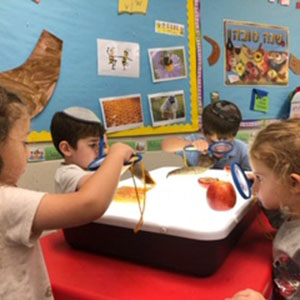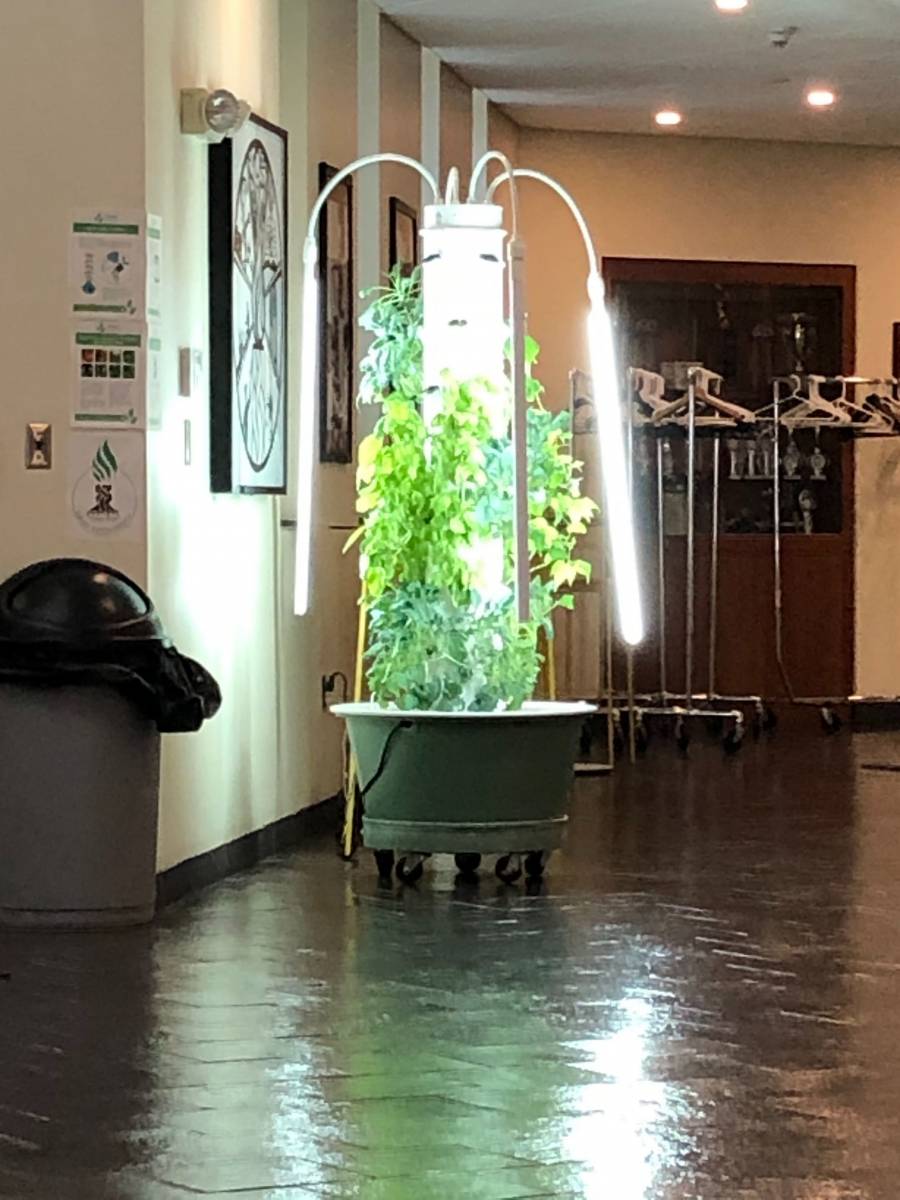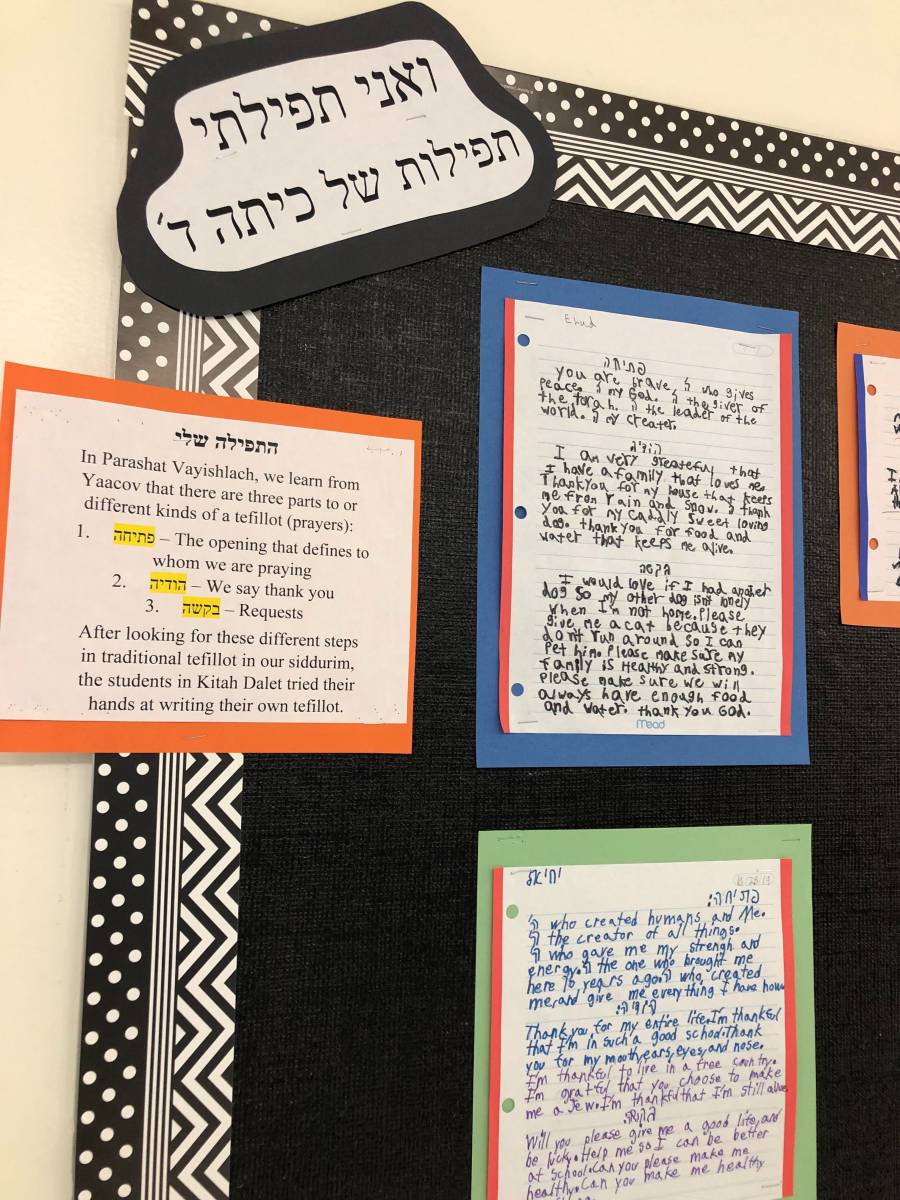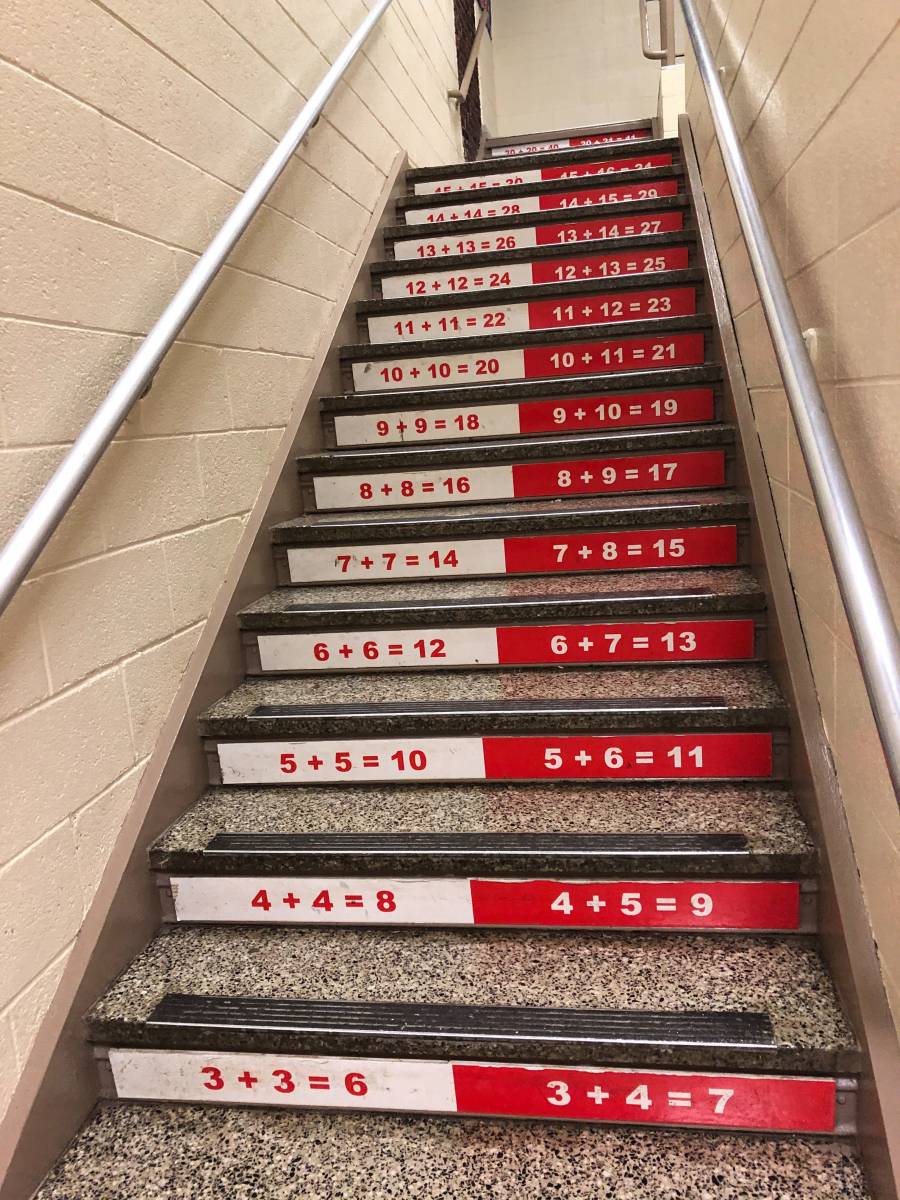“I barely see my family – my days are spent in school and my nights in meetings.”
“I was recently admonished for being late to shul on Shabbos.”
“I don’t know how to stop the gossip that is spreading throughout the community about my family – especially my children.”
“They told me I’m not charismatic enough.”
“They told me I need to smile more.”
“I shouldn’t be making any changes.”
“I haven’t made changes quickly enough.”
At this time of year, we find ourselves in synagogues across the world reflecting on the past year and beseeching for favorable judgments in the new one. As we do this, there is one question each one of us must be sure to include in our self-reflection, “ Are we helping or hurting our Jewish day school leaders?”
It’s not an understatement to say that our leaders hold the keys to success for future Jewish generations. They are at the helm of institutions that strive to nurture, protect, educate, and empower our children toward greatness. Are we doing all that we can to nurture, protect, educate, and empower our leaders?
I wish I could say I made up the above statements. Unfortunately, I hear them over and over again – shared with cracked voices, in despondent and defeated tones from the hundreds of school leaders that I have coached. I wrote about this challenge years ago, but the urgency has only gotten greater as more and more leaders tell it might be time to leave the field.
I, too, was once a head of school– eight years ago– and the day school education landscape has changed dramatically since then. The demands were less than they are today, and I was blessed with the support and community of the board. My Head of School Support and Evaluation Committee had my back and gave me the feedback that I needed for growth in a way that felt like they were on my team. Like all the leaders that I coach, I wanted to grow - I wanted feedback. And I was working day and night and needed the team to understand that this business of day school leadership is hard, really really hard.
It was true then and it is true now – lay leaders have always amazed me. Their drive for passion and altruism, selflessly taking on what is oftentimes an additional (but unpaid) full-time job to serve the greater good of their community is astounding. And when the partnership between lay and professional leadership is rooted in the best interest of the children and the school – this only reflects positively in the reputation of the school.
When the partnership between lay and professional leadership is rooted in trust and ongoing support through the inevitable challenges that arise, the longevity and efficacy of the school’s leadership is bolstered.
When the partnership between lay and professional leadership is rooted in open and honest communication, feedback that is constructive and clear, habitual dan l’chaf zechut, and a safe space for each person to be who they are to the fullest – no job description would be able to capture all the things the leader could achieve.
However, in the absence of all of this – our leaders will fail and they will blame themselves for failing despite giving 150%. This is not hyperbole. It’s happening.
We need to come together to reverse the lack of patience for leadership that has become laden with urgency and fear. Yes, there is competition. Yes, enrollment might be dwindling. Yes, the community may have polarizing needs. Yes, costs are rising. And definitely yes, we need to watch out for our children’s physical, emotional, and social safety. Yes, people are complaining at Shabbos tables. But what I am trying to convey is that yes, we can deal with these very real and pressing issues without paralyzing or polarizing our school leaders.
How?
First, let’s all agree that no one person, Head of School or otherwise, can solve all the school’s problems alone. This detrimental thinking takes a toll on our leaders and their families in ways we can’t imagine.
Next, let’s commit to giving our leaders unprecedented levels of appreciation, support, and partnership. Always give more, even if you think they can be doing better – especially if you think they can be doing better.
Finally, and this is a big one, let’s once and for all let go of the false narrative that there exists somewhere a perfect professional or lay leader in a day school. There is no one type of person who succeeds while others fail. There is no formula that a school can follow that is research based. However, our emotional intelligence prevails here. We need to think deeply about the human beings in our leadership positions and what they need to succeed. We need to give direct and honest feedback that is fully intended for growth and comes from a place of caring deeply. We need to affirm the good, push each other to take care of themselves and their families, and check to see if our expectations are realistic.
If we want day schools to find leaders, if we actually even want young people to choose day school leadership, we have work to do. The existential threats that day schools are facing are real. The stress on the leadership, lay and professional, is profound. With all my work in the field, the only way to shift the trends is through partnership, support, and appreciation. We are living in a day school world that is extraordinarily hard to work in and we have to stop the cycle.
I’d like to close by making this appeal even more concrete. If you sit on the board of a Jewish day school, I implore you to reflect on the following:
Do we have a committee that is truly designed to support our leader?
Do we communicate directly, candidly, and kindly with our leader?
Is feedback designed for growth?
Do we encourage the leader to take time for him/herself and family?
Do we support the leader when there are volatile board members who are attacking?
Do we make sure that we have regular meetings on the calendar?
Do we empower the leader by ensuring that we redirect people to him/her instead of trying to solve problems that are not the role of the lay people?
Do we affirm our leader publicly? In private?
Do we speak up and stop when the expectations are too high, the judgment too harsh, or the feedback not fair?
All the time, effort, and dialogue spent eliminating the unnecessary and counterproductive pressure, judgment, and demands that plague our leaders will ultimately serve as an investment in the well-being of our communities and children. Let’s see what happens when we radically shift the tide to move in a more positive direction.


















